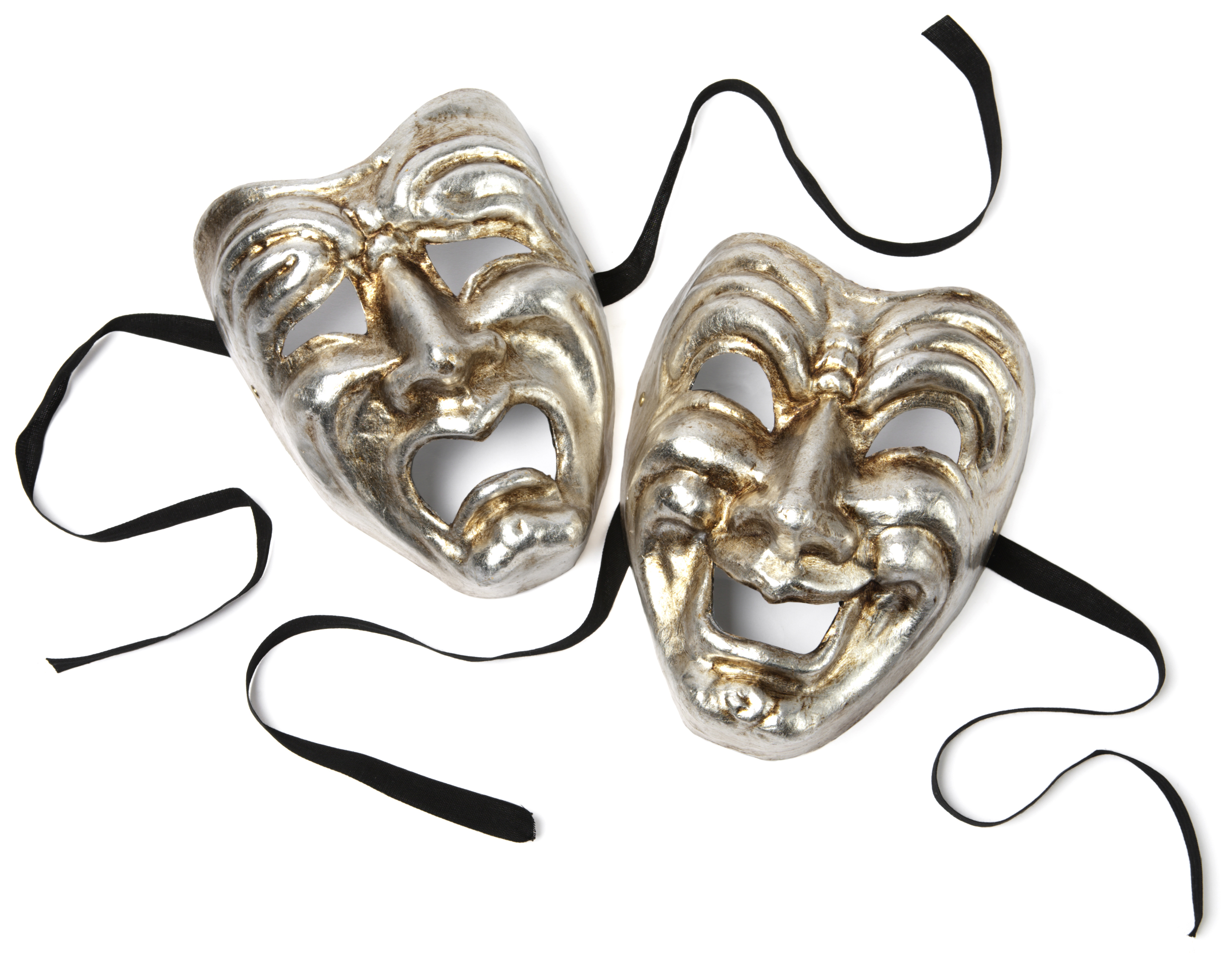Attempts
on her Life (1997) is Martin Crimp's most famous play. It
is a piece of experimental theatre in which there is no indication of which
characters are meant to deliver which lines or even how many actors should be
on stage at once. There are no stage
directions.
Crimp has described the play as consisting
of ‘17 scenarios for the theatre’. Although there are narrative elements to
each of these scenarios, the play does not have an overall linear narrative. There
is an implied character, Anne, who never appears on stage and by implication
all of the scenarios are attacks on her individuality.
The dialogue consists mainly of short
fragments in contrasting styles and voices. The actors/director have the
responsibility for completing the gaps in the drama to produce a finished work,
which means that each staging of the play is likely to be quite different.
This performance consists of a group of
six candidates, who perform three sections of the play (1, 11 and 12)
The maximum group size allowed by the
syllabus is five. However, in this
case the centre was given permission to perform in a group of six as a result
of circumstances affected by Covid 19.
Please note that a number of obscene words
have been cut out to suit an audience watching in a school.
The piece
lasts approximately 17 minutes. The
syllabus states that the scripted piece should be between 10 and 25
minutes. However, since this is an
ensemble piece, the candidates have suitable exposure time, nevertheless.
|
Section 1 - ALL MESSAGES DELETED
|
starts at 27 secs
|
8:41 mins long
|
|
Section 11 - UNTITLED (100 WORDS)
|
starts at 9:14 mins
|
7:22 mins long
|
|
Section 12 - STRANGELY!
|
starts at 16:36 mins
|
1:03 mins long
|
There are no stage directions in the script. The
candidates have staged the performance creatively using inventive lighting,
space and physicality. There is a solid sense of ensemble throughout and each
candidate has sufficient exposure time.
Section 1
The opening stage picture has the key character at
the front, explores different levels and is effectively lit. The candidate with
the opening monologue, Candidate 3, scores the highest mark. She uses
exaggerated movement and vocalisation and sets the tone of the piece from the
outset. The scene unfolds with flexible ensemble groupings and good use of
space.
There is a lengthy blackout lasting 26 seconds,
which stops the flow of the piece.
However, the following section picks up energy as
the candidates move purposefully around the stage and physicalise the dialogue.
They do this while the second monologue is presented in an effective
story-telling way by Candidate 1 (second highest mark).
There is
another blackout, a feature of the performance. The group has decided to
insert long blackouts before the lengthier monologues and this affects the
energy. However, they do pick up the pace each time following the blackouts.
The use of spotlights is effective to highlight each
candidate when they perform the shorter answer phone messages. These are subsequently interjected between
the full-group montages to add contrast.
Another creative feature of the performance is when the ensemble hum to underscore a monologue.
The pace quickens and the dynamic increases as the dialogue becomes more
offensive and threatening. The candidates have replaced some dialogue, but the
choice of words has a similar effect. Combined with the creative staging
decisions, this is successful.
The ensemble lift Candidate 2 (the lowest marked candidate)
Section 11
Candidate 3 (top candidate) starts this scene communicating well with the other actors as well as with the audience.
There is more unison movement in this scene with a
continued physicalisation of the dialogue by the ensemble. The script has been
divided up between the candidates and they engage effectively with the more
narrative style of this scene.
The ensemble repeats the chanting of individual
words with suitable gestures and a range of levels.
A red cloth is bought out to symbolise the punishment of the artist who is
creating ‘degenerate art’, a term used by the Nazi Party. The cloth is then
thrown away in a dynamic fashion when they say the words, ‘Isn’t that the true
meaning of these attempts on her life?’, re-calling the play’s title. This is
an inventive way to visualise the historical reference to degenerate art in the
script.
The scene is then cut at this point, and the
performance moves immediately to section 12 which starts following a
long blackout.
Section 12
A lighting change signifies the start of this scene.
A sense of urgency is created by a strong ensemble approach, reinforced by
choral speaking. Although the ensemble perform only one page of this scene, the
cuts are logical, and the piece is well-structured. There is a sense of
conclusion at the end.

